Congress and Expo 2025 is designed to inspire, challenge, and elevate you with the latest in CLINICAL—BUSINESS—PERSONAL DEVELOPMENT—BIG ISSUES—and PRACTICE EFFICIENCIES. Whether you're focusing on general practice or specialised knowledge, this year's programme offers something for everyone.
Through a dynamic mix of lectures, workshops, and symposia, we’ll deliver practical insights and forward-thinking perspectives to help you thrive.
The audience key lets you know if the session content is suitable for your role - but remember, sessions are open to everyone so do take part if it is of interest to you!
Our Congress Guide is here! Read the exclusive event guide and programme and start planning your Congress experience!




)
)
)
)
)
)
)
)
)
)
)
)
)
)
)

)
)
)
)
)
)
)
)
)
)
)
)
)
)
)
)
)
)
)
)
)
)
)
)
)
)
)

)
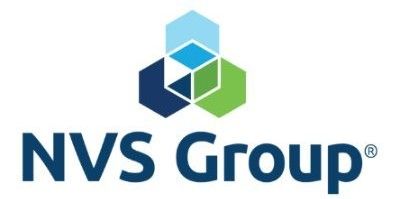
)

)
)
)
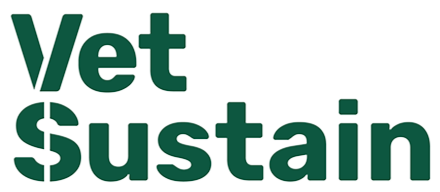
)
)
)
)
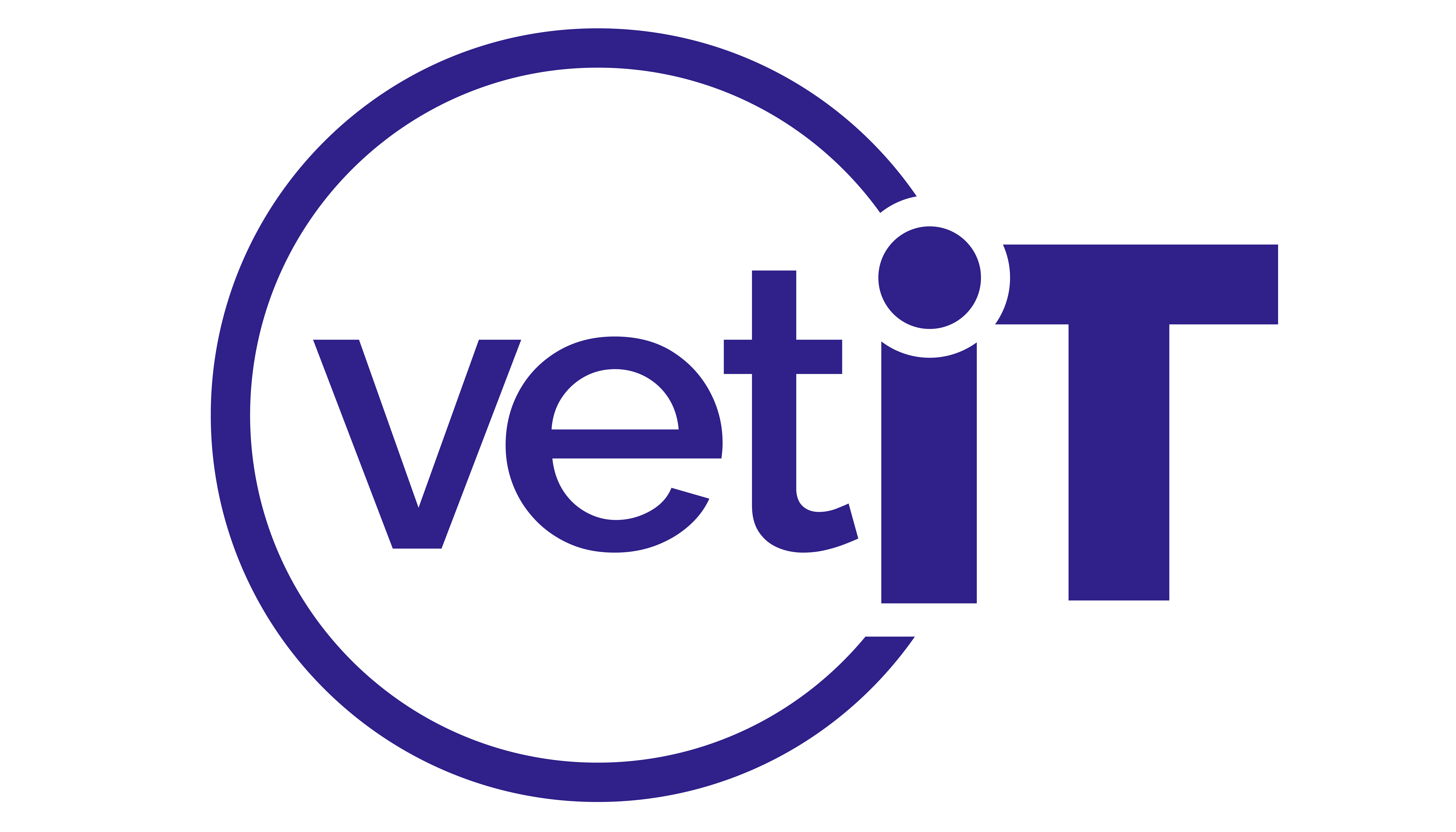
)
)
)
)
)
)

)
)
)
)
)
)
)

)
)
)
)
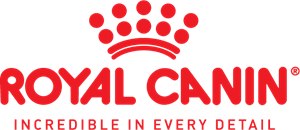
)
)

)


)



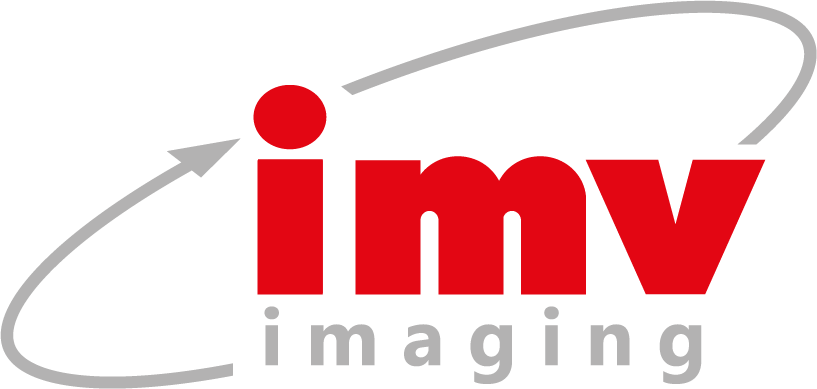
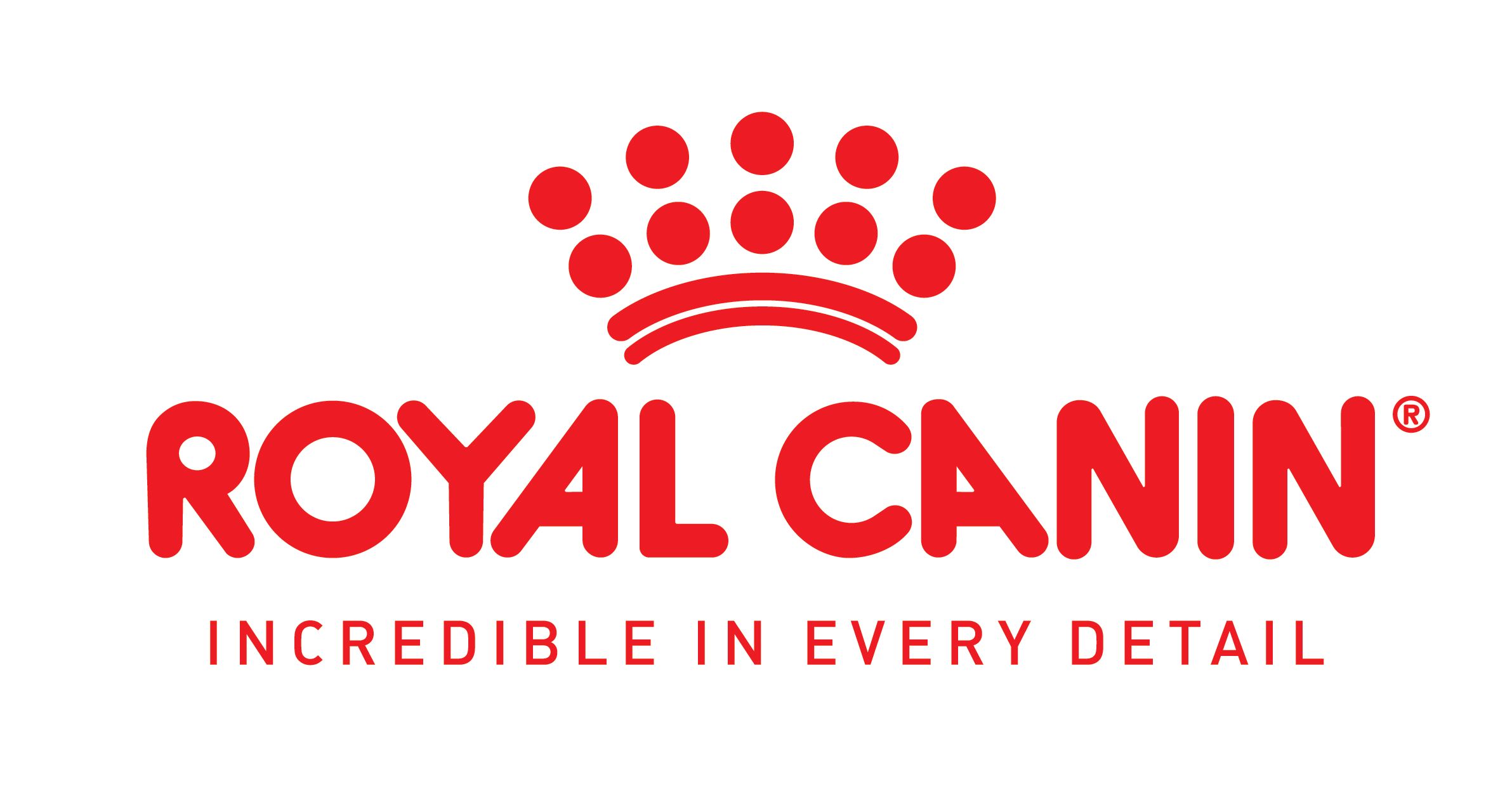


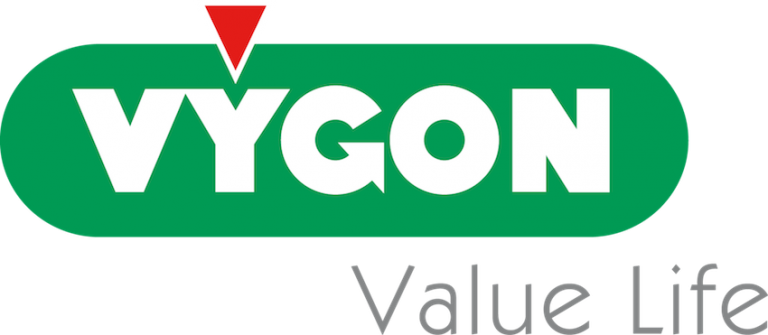

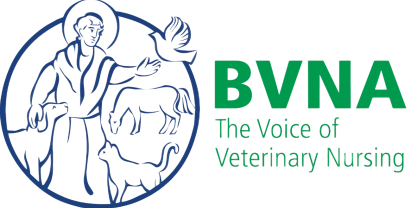
)
)
)
)
)
)
)
)
)
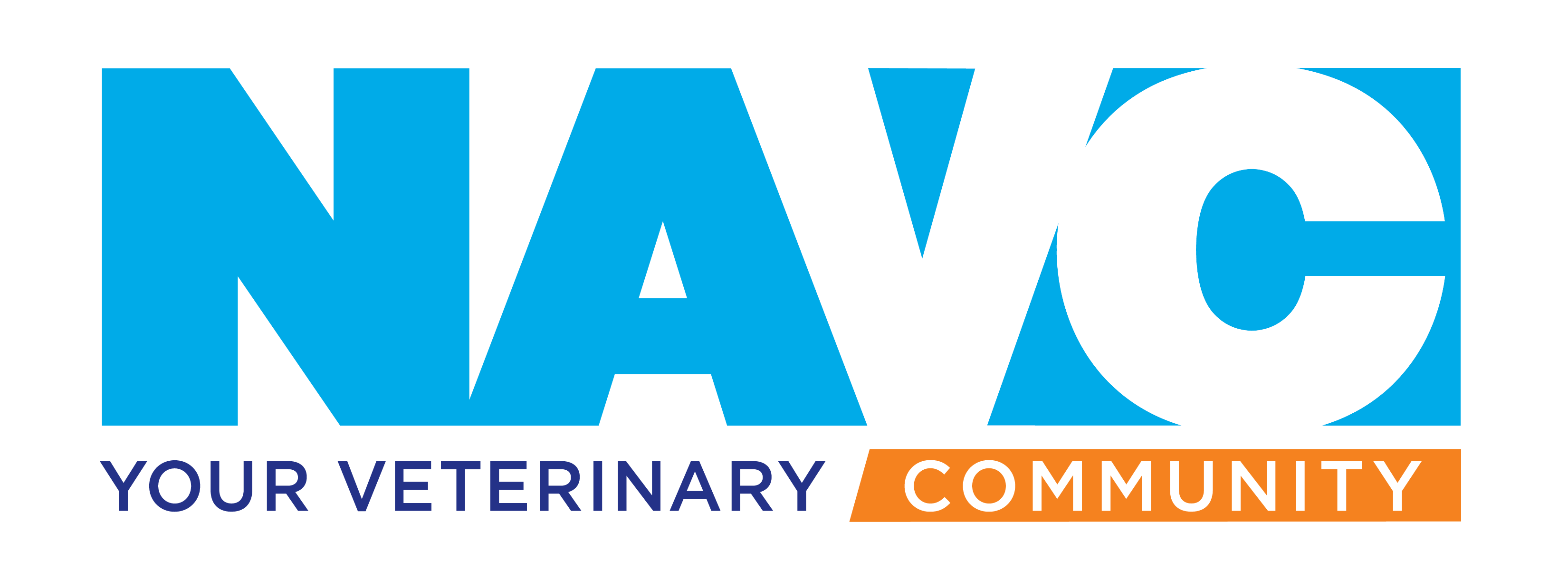
)
)
)
)
)
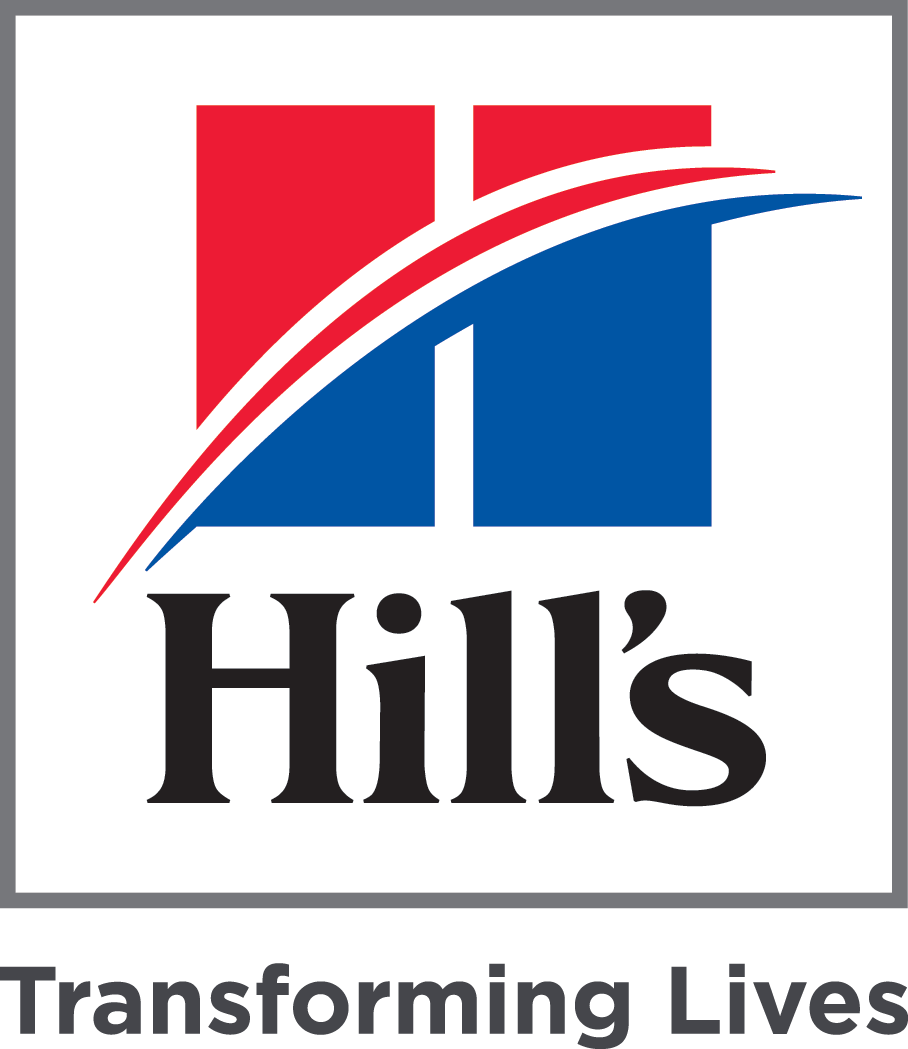
)
)
)
)
)
)
)
)
)
)
)
)
)
)
)
)
)
)
)
)
)
)
)
)
)
)

)

)
)
)
)
)
)
)
)
)
)
)
)
)

)
)
)
)

)
)
)
)
)
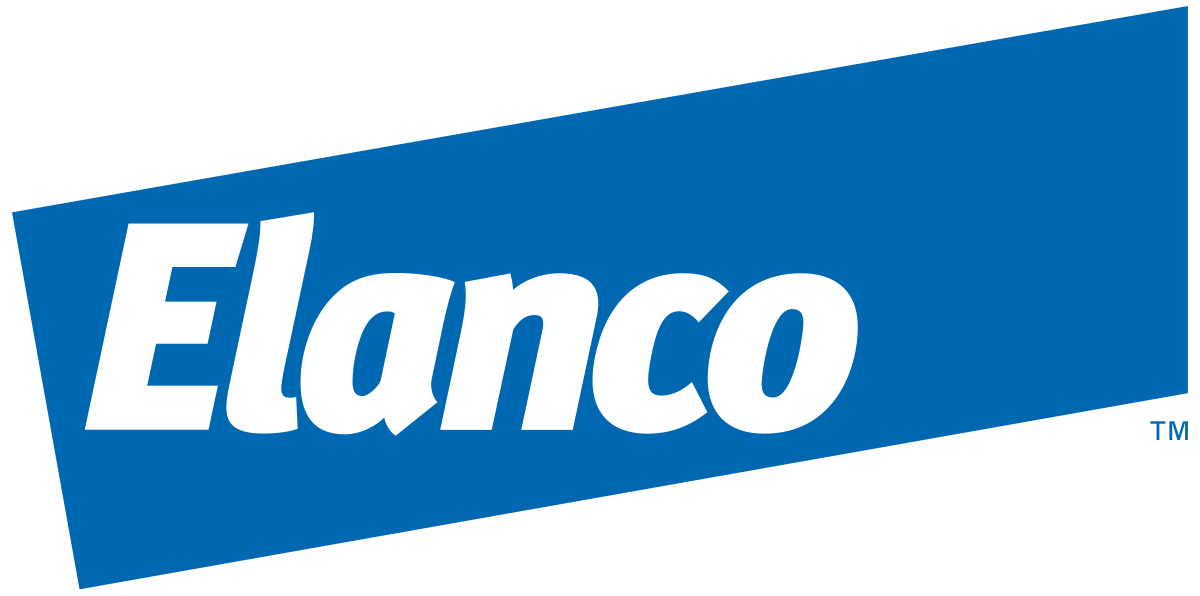

)
)
)
)
)
)
)
)
)
)
)
)
)
)
)
)
)
)
)

)
)
)
)
)
)
)
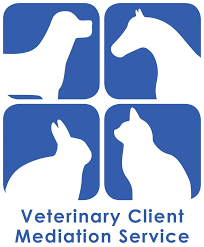
)
)
)
)
)
)
)
)
)
)
)
)
)
)
)
)
)
)
)
)
)
)
)
)
)
)
)
)
)
)
)
)
)